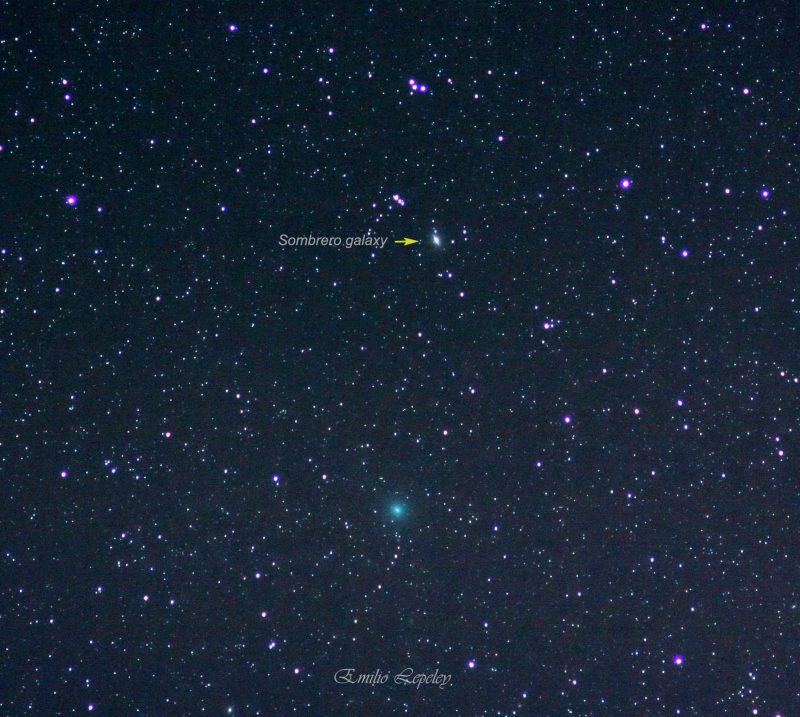
© Simon Ruch/Marc Züst, University of BernLeft panel: In the sleep laboratory, the electrical activity of the brain is recorded using electroencephalography (EEG). Right panel: During deep sleep, slow oscillatory high-amplitude waves emerge in the EEG. These waves are generated by the brain cells' rhythmic alternation between highly active phases (red: "up-states") and passive phases (blue: "down-states").
Researchers of the University of Bern, Switzerland, showed that we can acquire the vocabulary of a new language during distinct phases of slow-wave sleep and that the sleep-learned vocabulary could be retrieved unconsciously following waking. Memory formation appeared to be mediated by the same brain structures that also mediate wake vocabulary learning.
Sleeping time is sometimes considered unproductive time.
This raises the question whether the time spent asleep could be used more productively - e.g. for learning a new language? To date sleep research focused on the stabilization and strengthening (consolidation) of memories that had been formed during preceding wakefulness. However, learning during sleep has rarely been examined.
There is considerable evidence for wake-learned information undergoing a recapitulation by replay in the sleeping brain. The replay during sleep strengthens the still fragile memory traces und embeds the newly acquired information in the preexisting store of knowledge.If re-play during sleep improves the storage of wake-learned information, then first-play - i.e., the initial processing of new information - should also be feasible during sleep, potentially carving out a memory trace that lasts into wakefulness. This was the research question of Katharina Henke, Marc Züst und Simon Ruch of the Institute of Psychology and of the Interfaculty Research Cooperation "Decoding Sleep" at the University of Bern, Switzerland. These investigators now showed for the first time that new foreign words and their translation words could be associated during a midday nap with associations stored into wakefulness. Following waking, participants could reactivate the sleep-formed associations to access word meanings when represented with the formerly sleep-played foreign words. The hippocampus, a brain structure essential for wake associative learning, also supported the retrieval of sleep-formed associations. The results of this experiment are published open access in the scientific journal "Current Biology".


Comment: See also: